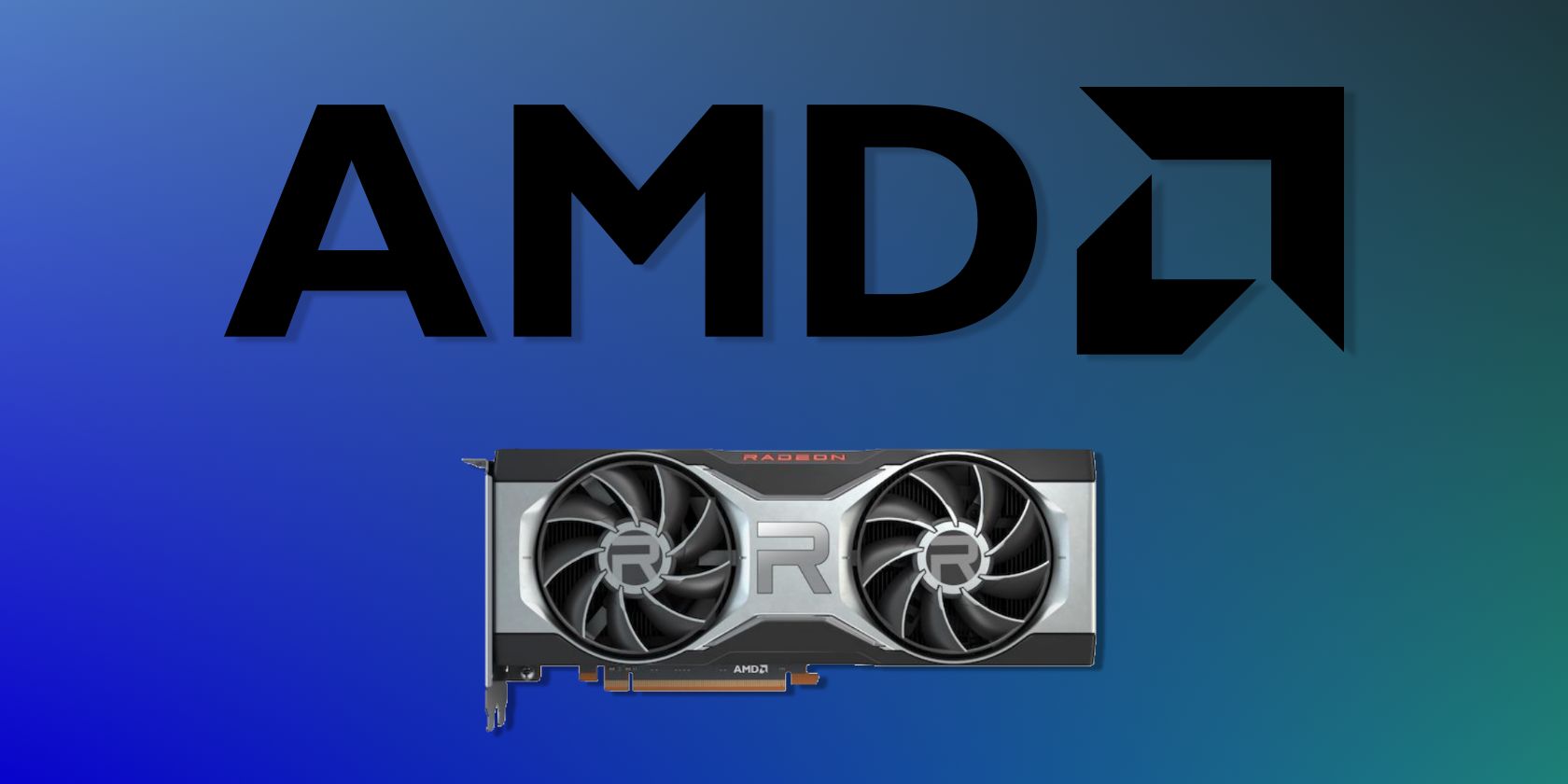How to Update AMD Graphics Card Drivers in Windows
One of the advantages of owning a modern graphics card is that the drivers are regularly updated. Driver updates not only fix the issues, but may also increase the performance of some games.
So, knowing how to update your AMD graphics card comes in handy.
Let’s take a look at the different types of driver updates for AMD graphics cards and how to update your card to the latest driver versions.
Different types of driver updates for AMD graphics cards
Before you start defining the driver update process, take a look at the different types of updates available.
Recommended AMD driver updates
First, the “recommended” driver updates are those that AMD recommends to all users. AMD tests these updates for bugs and stability. After internal testing, updates are sent to Microsoft and receive Microsoft Windows Hardware Quality Labs (WHQL) certification. Certification ensures pilots are ready for mass adoption.
Optional AMD Driver Updates
Second, “optional” driver updates are those that AMD releases more frequently than the recommended updates.
Optional updates are often game specific. For example, AMD may push a launch day driver update for a specific game to ensure that graphics cards are ready to provide optimum performance.
You can either install both types of updates or stick to the recommended updates.
How to Update AMD Graphics Drivers in Windows
We will be using the AMD Radeon software to manage, view the different versions and update the drivers available on Windows 10. So if you haven’t installed the AMD Radeon software on your computer, go to the website of the AMD Radeon software and download the latest version.
Then install the program and restart your computer.
After installing the program, right click on an empty part of your Windows desktop and choose AMD Radeon software. This will launch the program.
Once the program opens, click on the gear icon in the upper right corner, followed by System. This will open the section where you can see the version of Radeon software you are running. You can also see the driver information and hardware specifications of your computer here.
Under the Software and driver section, you can see what version of Radeon software you have and the status of the drivers. If you are using an older version of the software, you will see it under Status. Just below this section you can see the Check for updates button. Press this button to check if any updates are available.
Before checking for updates, make sure you know what type of driver updates you are looking for.
To choose the type of drivers you want to search for, select the list in front of Preferred software version, So choose advised Where Recommended + Optional from the drop-down list.
Then be sure to activate Automatique in front of Check for updates. You can get stuck on old drivers if you don’t know new versions are available.
Likewise, activate Download drivers and software, which will automatically download the latest updates in the background. You can install the downloaded updates whenever you want.
Finally, all available updates will appear under Status. If you have activated Download drivers and software, Radeon Software will ask you to install the downloaded updates. So, install them and close the program when you are done.
Keeping your AMD graphics card drivers up to date is essential
Keeping your AMD graphics card drivers up to date ensures that your GPU is at its best. Updates not only crush bugs and increase system stability, but they can also give you performance improvement.
In other words, if you keep the drivers up to date, you can get more for your money with your GPU.
So, be smart and update often.
Read more
About the Author

